Post-run recovery is crucial for athletes, as it expedites physical healing and plays a pivotal role in long-term performance and injury prevention. Jonathan Pierce, Coach of the San Diego Track Club's Boston Training Program, helps local runners develop their skills using elite techniques accumulated over years of experience in the field. Under Jonathon's guidance, Boston-bound SDTC members train for 22 weeks to improve range of motion, musculoskeletal conditioning, tendon preparation, and more. Injinji is proud to partner with the San Diego Track Club to work to make running more accessible and community oriented in our hometown of San Diego. Use these proven strategies to bounce back fast and stronger after challenging training sessions.
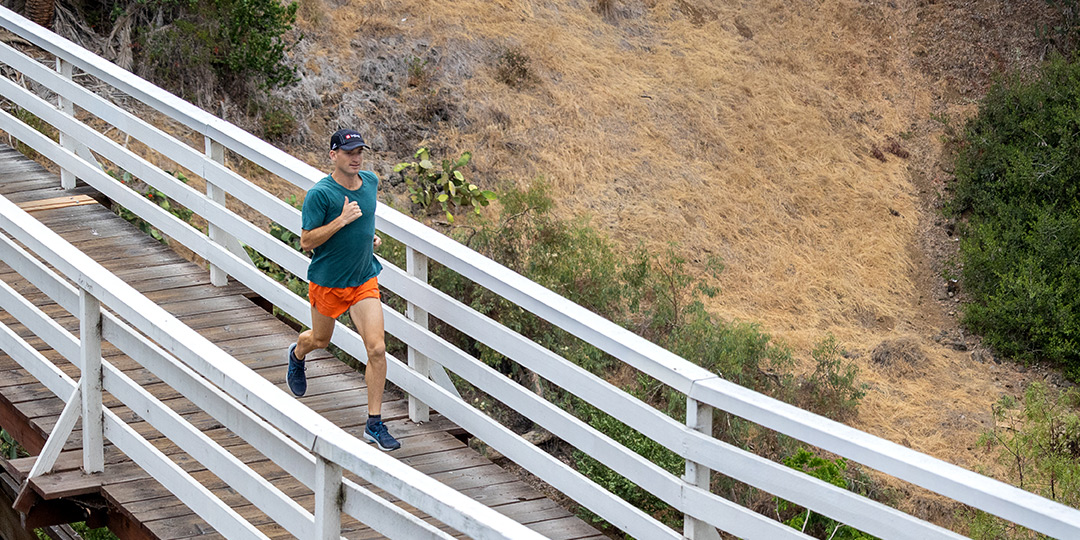
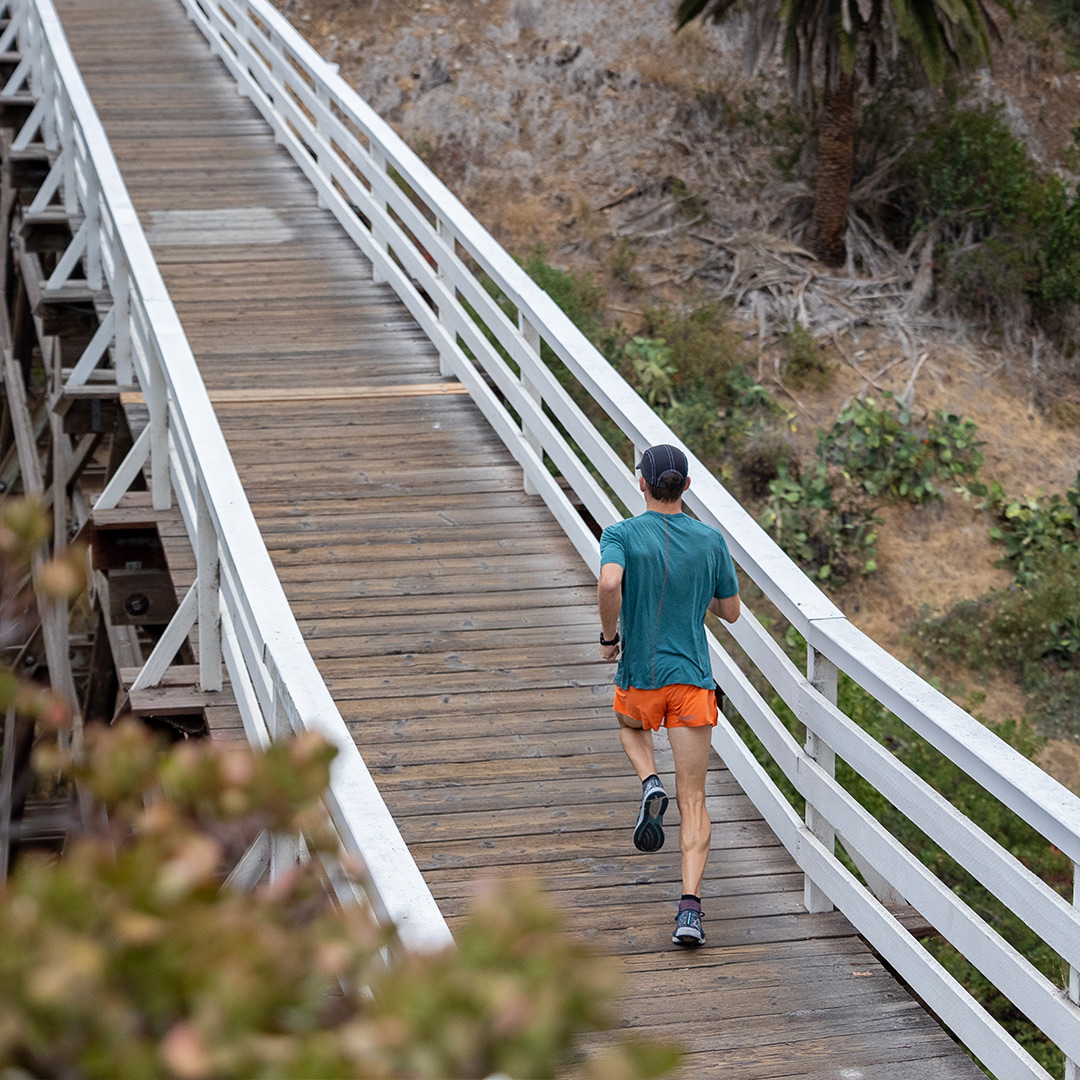
Elements of Recovery
Imagine you’ve just finished your 12-mile Saturday run and now want to start the recovery process. Your legs are tired, and you're experiencing the typical post-run endorphin rush, which you know will soon be replaced by lethargy and general fatigue after finishing your post-run pancakes. The “lazy runner quad stretch” and static hamstring stretches you absentmindedly perform while chatting in the parking lot after breakfast with your training partners will temporarily quell the soreness and stiffness building in your legs, but that throbbing ache will persist the rest of the day.
Most runners focus on figuring out their training regimen, and how to choose the proper shoes and socks. Many of us study various articles on how to include intervals, tempos, and long runs into our training, but very few pay attention to recovery beyond slipping into a fresh pair of toesocks and Oofos slides. The abundance of conflicting information on recovery leaves runners perplexed. Ice or heat? Carbs, protein, or keto? To stretch or not to stretch? After 25 years in the running industry, here's my recommendation for the key elements to focus on.
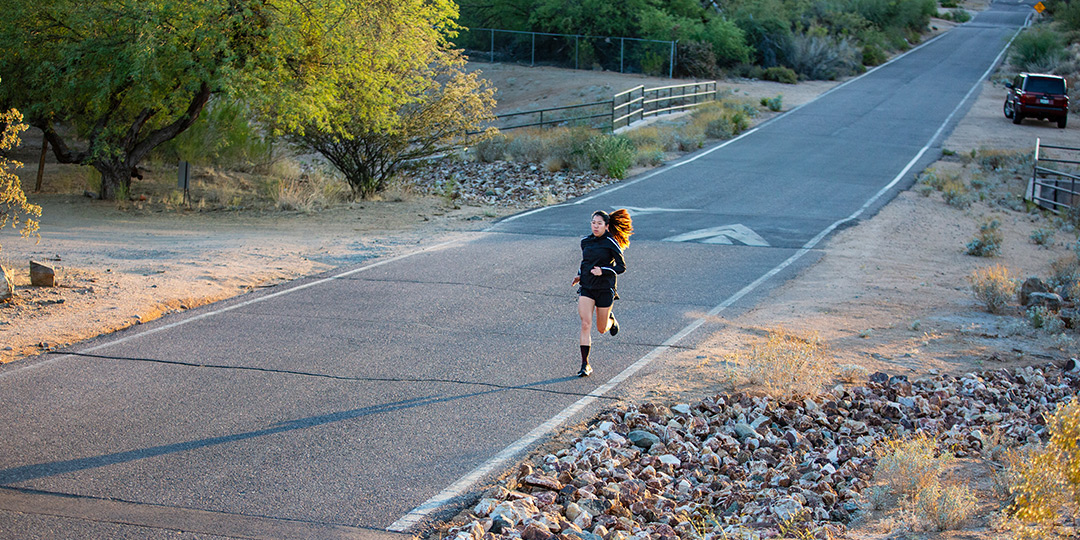
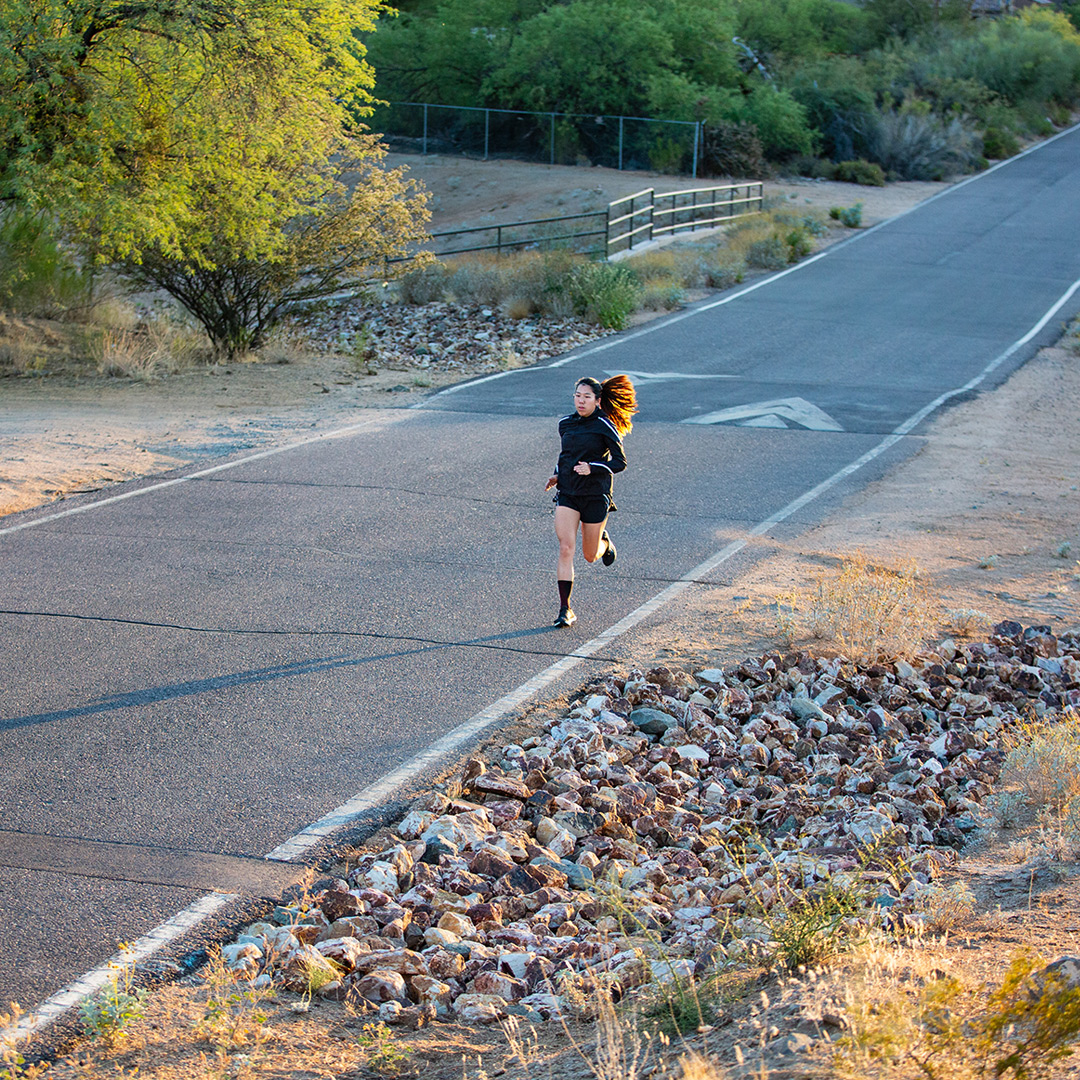
Carbs and Protein
Post-exercise, your body is optimized to process carbohydrates with the highest degree of insulin sensitivity that it will have all day. Take advantage of this window in the first hour after training to replenish glycogen stores in muscle and liver tissues by eating some carbs. However, it takes less than you think to completely re-stock glycogen (about one large sweet potato for the average-sized person). You must also consume a substantial amount of protein to aid with muscle repair and optimize your recovery.
Heat
The current research suggests that soreness developed post-training is an important part of the adaptation process. Icing, once a general recovery trend, is no longer recommended and applying ice to chronic tendon and muscle problems is counterintuitive given what we currently know. Use heat on sore muscles to aid the movement of fluid through the collagen matrix, reducing soreness and inducing repair. If possible, use a sauna to increase the effects of training on your physiology. Provided that you hydrate well, you’ll compound your training effects (not to mention anti-aging) while sitting quietly (almost like a cheat code). The research is clear that the cardiovascular system benefits from the sauna, as do heat regulation, hormones, and inflammatory markers.

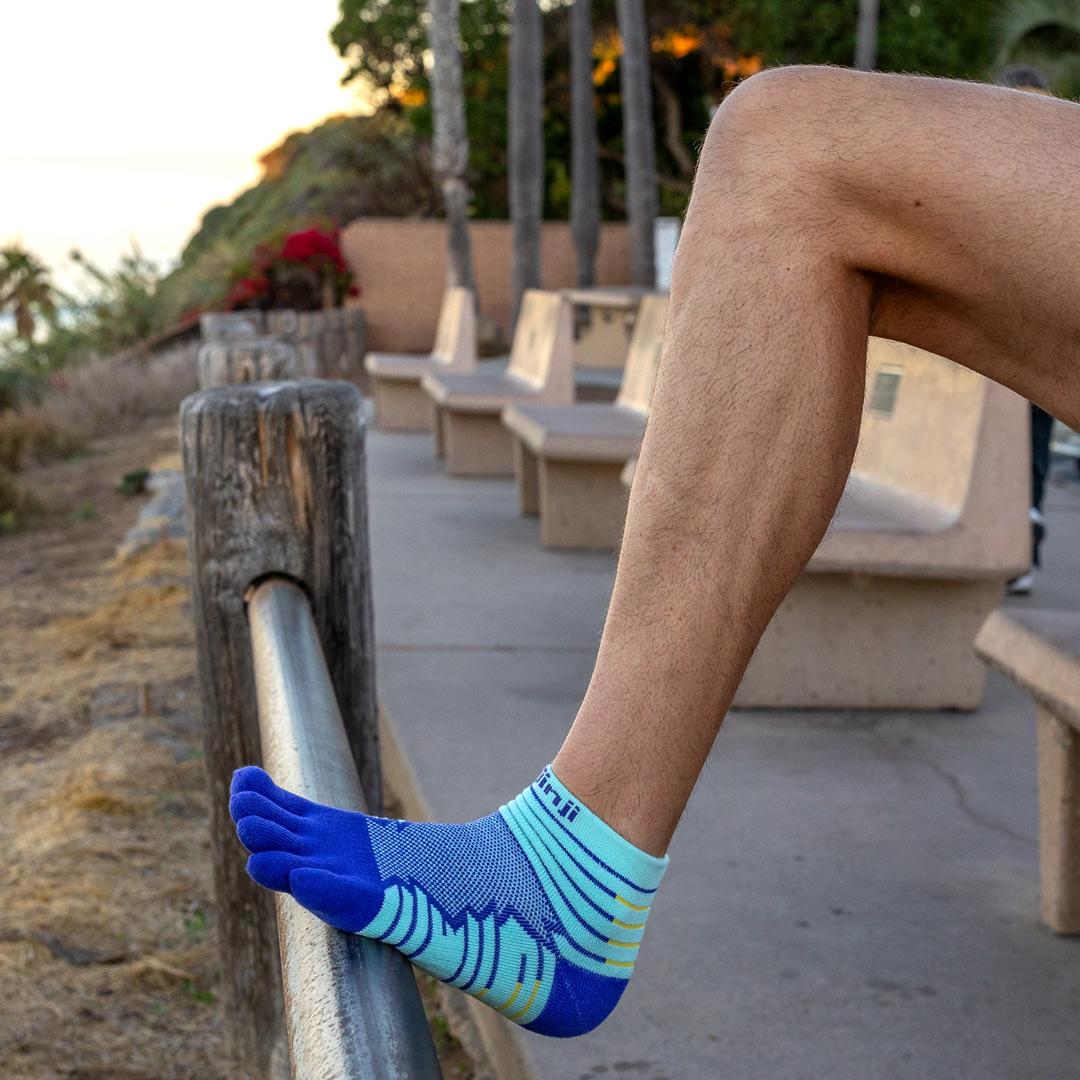
Active Stretching
This includes movements over larger ranges of motion and moderate intensity at the end of sessions. Elite athletes often include various forms of strides, faster running, strength training circuits, or drills post-run, as a part of their training process and to increase recovery. Bodyweight and medicine ball circuits, along with various drills, have been used by elite coaches for decades to safely induce growth hormone and testosterone production in athletes. Moderate lactate production in the tissues stimulates this endocrine response and increases tissue repair. These exercises also take joints and tissues through larger ranges of motion than the highly repetitive, low-range movements generally used in steady-state running volume.
Water with Salt
Including a small pinch of sea salt in your water significantly improves water absorption and is a far cheaper option than many hydration and sports drink products. Clean, adequately filtered water with a pinch of sea salt will hydrate you very well. I wish I had learned this lesson as a young runner when I got mild hyponatremia from over-hydrating with water at the HS Footlocker National Championships. Add a lemon slice for even more flavor. Since most recovery processes in your body depend on water, keep providing hydration after your longer training days.
Water Submersion and Light Activity
I have found that being active in water, such as treading water in a pool for ten-plus minutes, significantly reduces DOMS (Delayed Onset Muscle Syndrome) and improves recovery after harder training sessions. The hydrostatic pressure supports muscles and provides resistance as you move through the water. One summer during college, I lived in Boulder, Colorado, and did very little of my typical stretching routine, but spent 10-15 minutes swimming every day after my (sometimes two) training sessions. I was running 100 miles per week and felt healthy and as mobile as any other season where I did up to 30 minutes a day of mobility work. I have found the pool to be a cheat code for recovery if you get in there and simply kick around. You do not have to be a good swimmer to do this, and you can do various stretches and movements while also cooling your core body temperature.
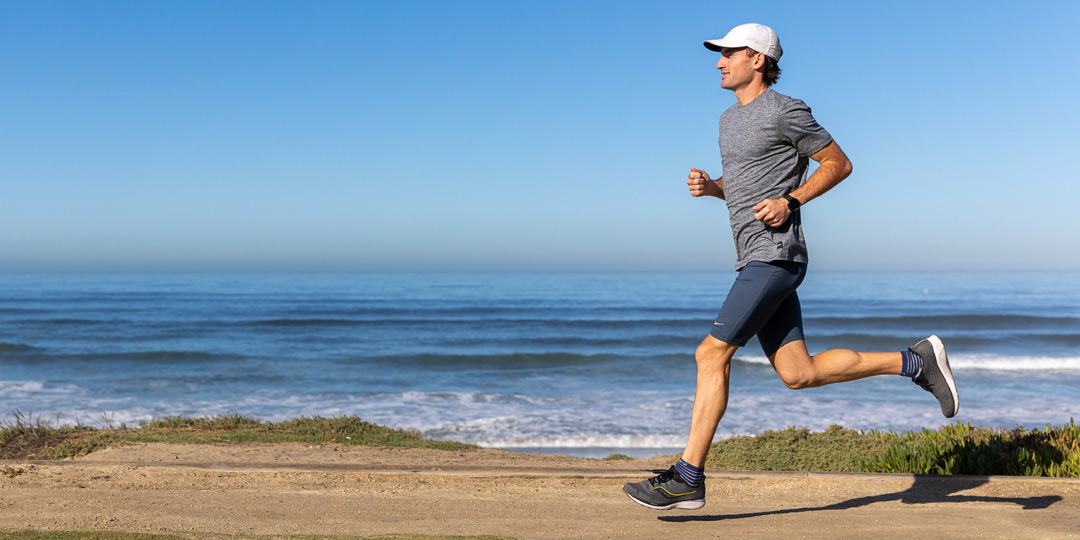

Recovery from harder training sessions doesn’t have to be complex, high tech, or expensive. There’s a lot of bad information out there that actually limits runners' ability to do more good quality training. My hope is that you’ll try some of these simple techniques to improve your recovery and head into the next session feeling that much better.
About
Jonathan Pierce is the Boston Training Program Coach at the San Diego Track Club. In 2006, Pierce was All-American in the 3,000-meter Steeplechase at Stanford University. He has represented the U.S. National Team at the Edinburgh, Scotland World Cross-Country Championships 2008, competed in more than five National Championships, ran in the US Olympic Trials, was a professional runner with Asics and Reebok, and was a two-time New York State Champion in high school. As a sports performance professional, he has worked with a world record holder, six Olympic Gold Medalists, over 15 Olympic Medalists, 16 professional sports organizations, and innumerable elite athletes of all disciplines.








